Most of the images here were shot with a Canon 40D, MPE65 1X-5X Macro Lens
A female giraffe weevil/long necked beetle, Paracycnotrachelus sp. on its host plant, Bridelia tomentosa. Its breeding cycle is only completed on this host plant. A complete nest building process of the giraffe weevil/long necked beetle on this host plant Bridelia tomentosa can be found here:
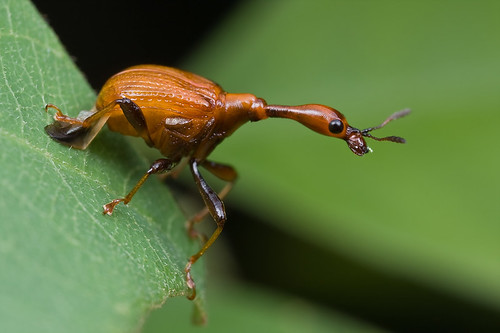
Host plant Bridelia tomentosa. Female giraffe weevil builds nest on this host plant and lays egg in it. The nest is called nitidi. (Thanks to Ted @ Beetleinthebush). These plants are not very uncommon. You can find them even in urban area.
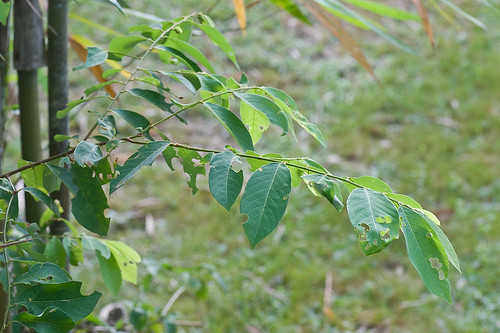
A closer look of the nest (nitidi). Thanks to Chow CK for these two host plant images.
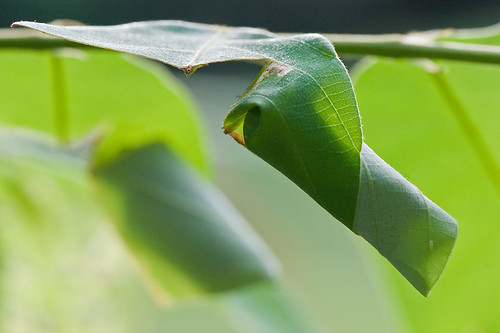
A male giraffe weevil/long necked beetle Paracycnotrachelus sp.. Male of this species has longer neck.
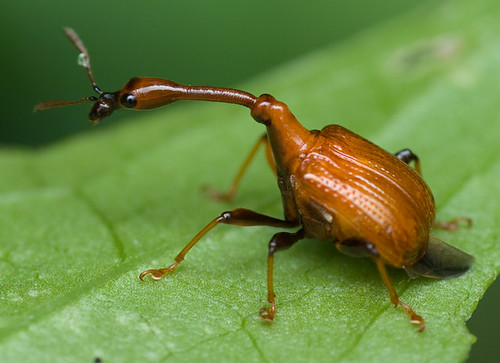
A female giraffe weevil/long necked beetle Paracycnotrachelus sp.
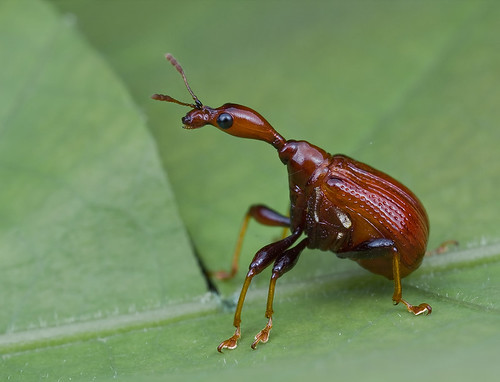
Another female giraffe weevil.
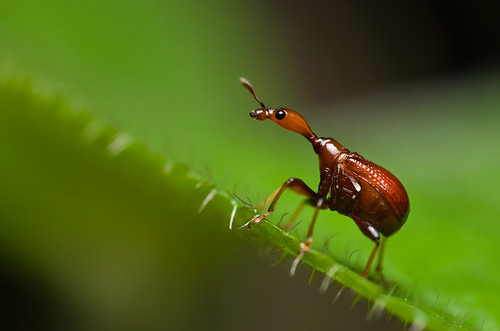
The next time you go bug hunting, just look out for these plants. Who knows, you might find your first giraffe weevil/long necked beetle Paracycnotrachelus sp. soon! Good luck! As for me, i hope to find a mating pair soon! Wish me luck :)
That's it for now and I hope you'll benefit from this slr macro photography tip :)
I personally find that great books such as The Smaller Majority
An amazing beetle! I envy you being able to see these. Thanks so much for sharing.
ReplyDeleteThanks JSK. Yes, we're lucky to have so many wonderful macro subjects here. But we do have to put up with the heat, humidity, mosquitoes and leeches though :D
ReplyDeleteoh my gosh... she is beautiful ! where did u find that ? im struggling in taking macro photos, n of coz finding them is just so tough!!
ReplyDeleteThanks Soo. Just read the post above and try to look for the same plant. High chance you'll find the gee wees there. Good luck.
ReplyDelete